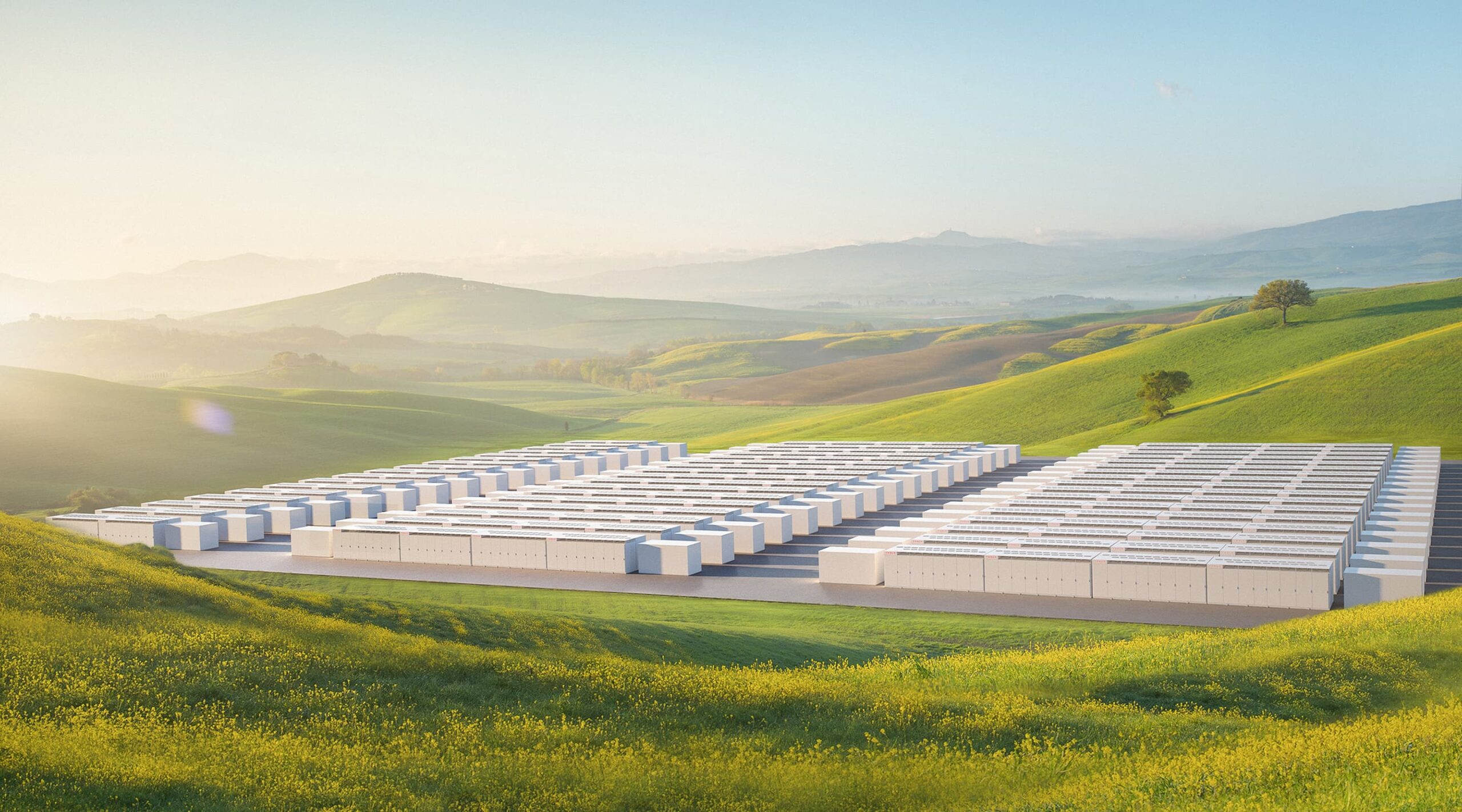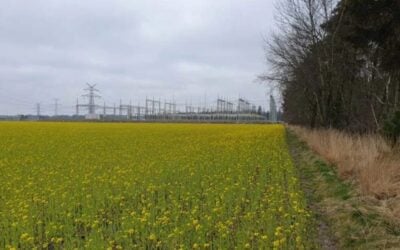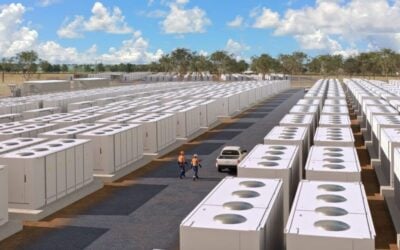
Tesla’s just-released sustainability report for 2019 asserts the belief that “the notion that a sustainable future is not economically feasible is no longer valid”.
The Silicon Valley tech, transport and energy company produced its second such annual Impact Report and published it this week. It looks at the environmental and product impact of its own activities as well as within its supply chain, as well as human resources and company culture topics.
Enjoy 12 months of exclusive analysis
- Regular insight and analysis of the industry’s biggest developments
- In-depth interviews with the industry’s leading figures
- Annual digital subscription to the PV Tech Power journal
- Discounts on Solar Media’s portfolio of events, in-person and virtual
The company notes the continuing urgency of climate change and acknowledges that while the COVID-19 pandemic has had a positive effect on global air quality, further argues that this “absent intervention” will not continue once the world economy begins to return to some degree of normality.
The 56-page report reiterates Tesla’s mission to accelerate the world’s transition to sustainable energy and aims to answer many frequently-asked questions, such as whether EVs truly are more sustainable than internal combustion engines (ICE) vehicles.
The answer to that, in short, is that they are, but the company notes that lifetime impact of vehicles must be considered in addition to the emissions that result from using the vehicle. Grams of CO2 emitted per mile travelled over the lifecycle of a Tesla Model 3 are less than half that of a comparably-sized ICE vehicle, the company claims, while increasing the portion of renewable energy that charges the EV can decrease this further.
Tesla’s goals include pairing as many of its Supercharger stations as possible with solar-plus-storage and installing as much solar as possible to power its facilities, while noting that the amount of solar it has installed for customers worldwide – including panels installed by SolarCity before its acquisition by Tesla in 2016 – has generated more power than the total amount consumed by its factories in making its various product lines.
Utility-scale energy storage: ‘Quicker and more cost-effective than fossil fuels’
From a stationary energy storage point of view, the report makes clear that in combination with renewables, large-scale battery systems such as the company’s Megapack and its residential Powerwalls can “cost-effectively modernise our ageing infrastructure (while becoming less reliant on it),” as well as improving the resiliency of the electric grid.
With the Megapack, the 1.5MW / 3MWh, 60% more energy dense successor to the commercial-scale Powerpack, the company claims it can now deploy “an emissions-free 250MW / 1GWh power plant” four times faster than “a traditional fossil fuel power plant of that size,” requiring as little as three months to do so. Megapack was launched in July 2019.
Unsurprisingly the report takes Hornsdale Power Reserve in South Australia as a case study for the role of grid storage, highlighting that the world’s largest lithium-ion battery achieved AU$50 million (US$35 million) of savings in its first year of operation, responding in less than 1 second to “sudden changes on the grid due to a disruption”.
As has been identified widely across the electricity industry, including in recent analysis by BloombergNEF, Tesla said there is big potential for utility-scale energy storage to replace natural gas peaker plants as a “sustainable alternative”, using solar and wind to supply energy to the grid during peak times. Peaker plants may only run for relatively short periods of time but can be among the least efficient and polluting assets on the grid.
Supply chains and recycling
The company claimed to be working with its supply chains to establish transparency, particularly in the cobalt supply chain, arguing that it has “made a significant effort to establish processes” to remove the risks of sourcing the metal from mines using child labour in the Democratic Republic of Congo. Tesla also said its nickel-manganese-cobalt (NMC) batteries are nickel-rich and use less cobalt than cathode chemistries widely used by other manufacturers. Where the cobalt it does procure indirectly may originate in the DRC, Tesla requires suppliers to meet Responsible Minerals Initiative (RMI) standards, the company said.
The recyclability of lithium-ion batteries and components is also discussed. Tesla sent 110 tonnes of cobalt, 320 tonnes of copper and 1,000 tonnes of nickel for recycling during 2019 and explains that the materials inside a battery “remain in their original form at end-of-life,” with the “vast majority” of those captured in recycling processes.
While at present, only high value elements are recycled and brought back into the supply chain, Tesla said it is striving to increase the proportion of elements recycled as the technology to do so improves. The company claimed it is also developing “a unique battery recycling system” at its Nevada Gigafactory for processing battery manufacturing scrap and batteries at their end-of-life. It is hoped that this will create a low cost, low environmental impact set of recycling processes with high recovery rates, which would also save the company money in the long run versus buying and shipping in new raw materials.
You can view the full report here.






